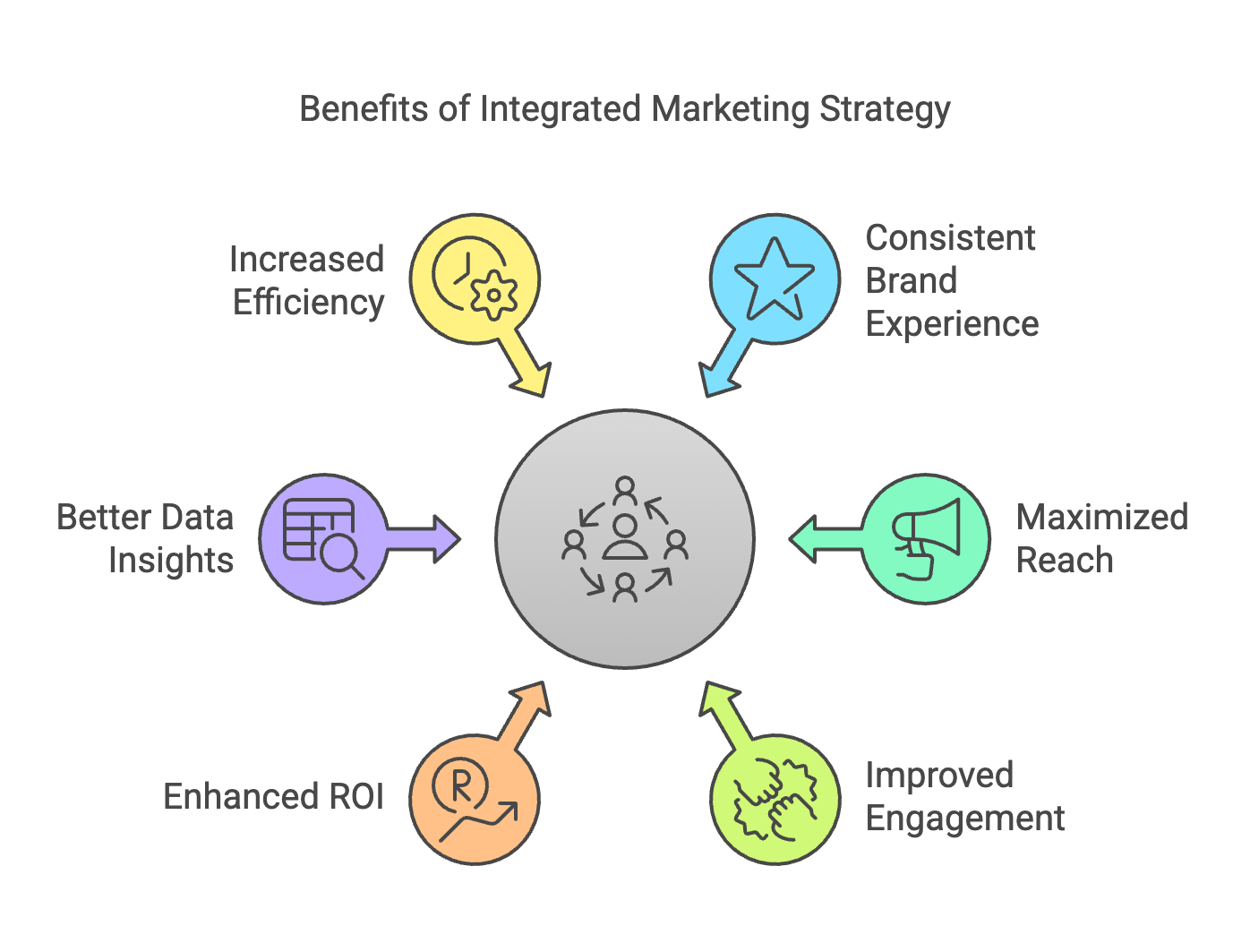The need for an integrated digital marketing strategy
The Need for an Integrated Digital Marketing Strategy
In today's fragmented digital landscape, where consumers interact with brands across multiple touchpoints, an integrated digital marketing strategy is no longer a luxury—it's a necessity.
Think of it like an orchestra. Each instrument plays a unique role, but the conductor brings them together to create a harmonious symphony. Similarly, an integrated strategy ensures all your digital marketing efforts work in concert to achieve your goals.
Why Integration is Crucial:
1. Consistent Brand Experience: Customers expect a seamless experience, regardless of how they interact with your brand (website, social media, email, etc.). An integrated strategy ensures consistent messaging and branding across all channels.
2. Maximized Reach and Impact: By coordinating your efforts across different platforms, you can amplify your message and reach a wider audience. Each channel complements the others, creating a synergistic effect.
3. Improved Customer Engagement: An integrated approach allows you to personalize your communication and deliver the right message to the right audience at the right time. This leads to deeper engagement and stronger relationships.
4. Enhanced ROI: By optimizing your efforts across all channels, you can avoid duplication and ensure your resources are used effectively. This leads to a higher return on your digital marketing investment.
5. Better Data Analysis and Insights: An integrated strategy allows you to track customer interactions across multiple touchpoints and gain a holistic view of their behavior. This provides valuable insights for optimizing your campaigns.
6. Increased Efficiency and Productivity: By streamlining your digital marketing efforts, you can save time and resources. An integrated approach allows for better coordination and collaboration across teams.
 Key Components of an Integrated Digital Marketing Strategy:
Key Components of an Integrated Digital Marketing Strategy:
- Centralized Platform: Use a centralized platform to manage all your digital marketing activities. This could be a marketing automation tool or a CRM system.
- Unified Messaging: Develop a consistent brand voice and messaging across all channels.
- Content Calendar: Plan and schedule your content across different platforms to ensure a cohesive approach.
- Data Integration: Track and analyze data from all your digital channels to gain a comprehensive view of your performance.
- Cross-Channel Promotion: Promote your activities across different channels to maximize reach and engagement.
Example:
Imagine a company launching a new product. An integrated strategy might involve:
- Website: A dedicated landing page with product information, images, and videos.
- Social Media: Teasers and announcements on social media platforms, along with engaging contests and user-generated content campaigns.
- Email Marketing: Targeted email campaigns to announce the launch and offer exclusive discounts.
- Paid Advertising: Online ads to reach a wider audience and drive traffic to the landing page.
- Content Marketing: Blog posts and articles that provide valuable information about the product and its benefits.
By integrating these efforts, the company can create a powerful and cohesive campaign that maximizes impact and drives results.
In conclusion, an integrated digital marketing strategy is essential for businesses to thrive in the digital age. By coordinating your efforts across different channels, you can create a seamless customer experience, maximize your reach, and achieve your marketing goals.
